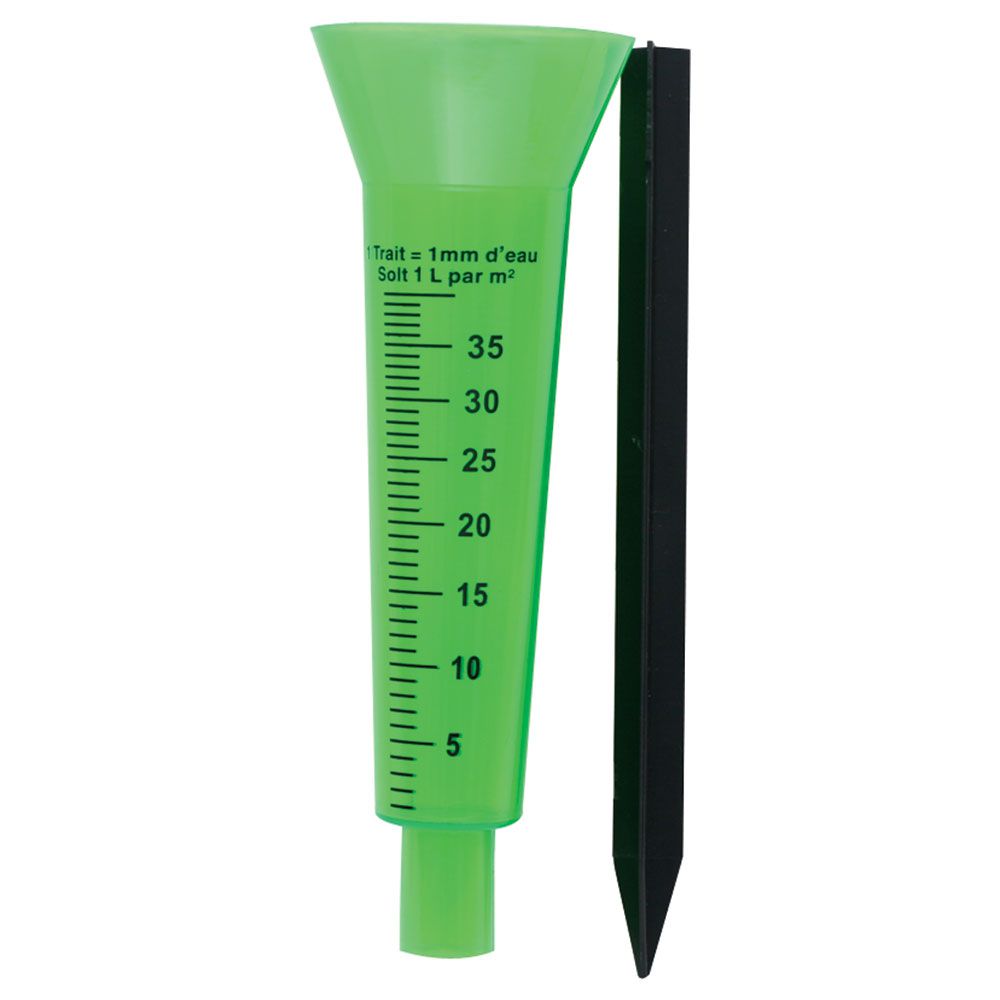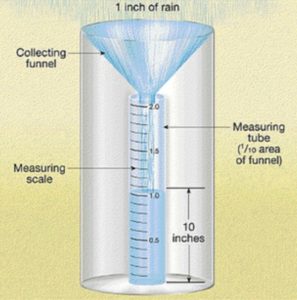Discover the Leading Advantages of Utilizing a Modern Rainfall Scale for Accurate Weather Tracking and Forecasting

Boosted Information Accuracy
Making use of a contemporary rain gauge dramatically improves the precision and integrity of information collected on precipitation degrees. Conventional rainfall assesses often encounter constraints such as evaporation losses, wind results, and manual reading errors, leading to incorrect data. On the other hand, modern rain evaluates are furnished with innovative modern technologies like ultrasonic sensors, tipping buckets, or considering systems that give even more exact and real-time information on rains intensity and duration.

The boosted information accuracy used by contemporary rain assesses is crucial for various applications, consisting of flood forecasting, water resource administration, agriculture, and city preparation. By specifically determining rainfall patterns, these assesses make it possible for meteorologists and scientists to better understand regional climate condition and patterns, bring about more trusted projections and early warning systems for serious weather events.
Furthermore, the information gathered from contemporary rain evaluates can be conveniently integrated right into climate monitoring networks and evaluated using sophisticated software program, boosting the total accuracy and effectiveness of rainfall data analysis. Overall, the use of modern rainfall assesses plays an important duty in enhancing the high quality of weather-related data for a vast array of useful functions.
Real-Time Updates
Integrating advanced sensing units and communication systems, modern-day rain determines supply immediate updates on rainfall degrees, ensuring exact and prompt information for various applications. Real-time updates play an essential duty in weather monitoring and forecasting by allowing meteorologists, researchers, and various other individuals to react immediately to changing climate condition. These updates enable for the surveillance of rains intensity, period, and patterns as they occur, boosting the capability to forecast potential flooding, droughts, or various other weather-related events properly. By obtaining continual details on rainfall degrees, users can make enlightened decisions relating to agricultural activities, water source monitoring, and emergency situation reaction initiatives. In addition, real-time updates from modern-day rain assesses contribute to the renovation of climate versions and projections, inevitably boosting the general precision of climate predictions. The instantaneous nature of these updates also promotes the assimilation of rainfall gauge data right into numerous automated systems, further streamlining the process of weather tracking and analysis.
Improved Projecting Accuracy
Provided the real-time updates given by modern rainfall evaluates, the boosted precision in forecasting climate problems becomes increasingly evident. By properly measuring rains degrees as they happen, modern rain assesses allow meteorologists and climate professionals to make even more enlightened predictions regarding future weather condition patterns. This better forecasting precision is important for a variety of industries and fields, including emergency, agriculture, and transportation administration.
The information accumulated by contemporary rainfall assesses permits the advancement of even more reliable climate designs, which in turn leads to extra precise projections. rain gauge. With this enhanced accuracy, organizations can better prepare for potential disruptions caused by extreme weather occasions, farmers can make informed decisions about watering and plant administration, and emergency situation -responders can plan for and reply to all-natural catastrophes extra efficiently
Effective Source Planning
Reliable source planning this contact form is important for taking full advantage of and maximizing procedures effectiveness in numerous sectors. Modern visit rain gauges play a crucial duty in boosting source preparation by providing real-time and precise data on rainfall levels. By using information accumulated from these innovative rain determines, organizations and companies can make informed decisions pertaining to source appropriation, specifically in industries greatly impacted by weather conditions such as building and construction, farming, and transport.
In farming, for instance, having accessibility to specific rains measurements enables farmers to intend irrigation schedules extra efficiently, ensuring that plants get ample water without wastage. In construction, understanding the specific amount of rains can assist job managers change timelines and allocate sources appropriately to prevent delays and price overruns. In the transportation field, precise rains data allows authorities to apply positive steps to stop flooding, decrease website traffic blockage, and guarantee the safety and security of commuters.

Advanced Innovation Combination
With the quick innovations in technology, the integration of contemporary rainfall gauges has actually changed the way precipitation information is gathered and used for various objectives. Advanced innovation integration in rainfall determines view website includes the incorporation of sensing units that can identify not only the amount of rainfall however also the strength and duration of rainfall events. These sensors can supply real-time information, allowing more accurate weather condition surveillance and forecasting.

Furthermore, some modern rain evaluates are incorporated with cloud-based storage space systems, allowing users to access historic rainfall information easily - rain gauge. This historical information can be important for pattern analysis, dry spell monitoring, and water resource management
Verdict
To conclude, the usage of a modern-day rain gauge offers various advantages for accurate climate surveillance and projecting. With improved information precision, real-time updates, boosted projecting precision, efficient source planning, and advanced modern technology assimilation, weather condition tracking comes to be a lot more effective and dependable. By using these innovative tools, meteorologists and various other specialists can make even more educated decisions and far better get ready for weather-related occasions.
In the world of climate tracking and forecasting, the use of contemporary rain evaluates has transformed the way atmospheric information is accumulated and analyzed. Furthermore, real-time updates from modern rain evaluates contribute to the enhancement of weather versions and projections, inevitably enhancing the general precision of weather condition forecasts. The instantaneous nature of these updates also assists in the integration of rain scale data into various automated systems, better improving the procedure of weather tracking and evaluation.
By accurately measuring rains levels as they take place, modern rain evaluates allow meteorologists and climate professionals to make more informed predictions concerning future climate patterns. By using data gathered from these advanced rainfall assesses, companies and organizations can make informed choices regarding resource allotment, particularly in sectors heavily impacted by climate problems such as agriculture, transport, and building.
 Luke Perry Then & Now!
Luke Perry Then & Now! Mara Wilson Then & Now!
Mara Wilson Then & Now! Lark Voorhies Then & Now!
Lark Voorhies Then & Now! Molly Ringwald Then & Now!
Molly Ringwald Then & Now! Macaulay Culkin Then & Now!
Macaulay Culkin Then & Now!